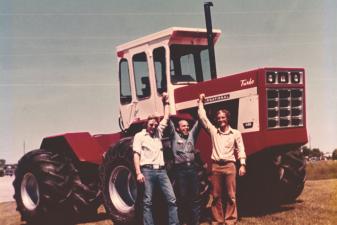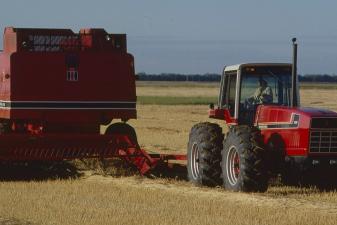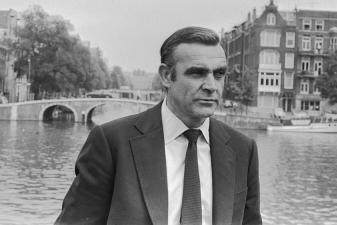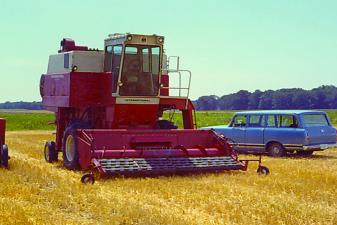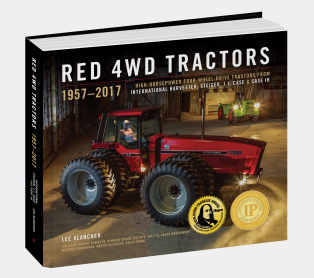How IH Introduced Their Secret 2+2 Tractor

During the research for Snoopy and the Spy author Lee Klancher spoke at length with Bud Youle, a marketing executive with International Harvester. In this part he tells the inside story of how they decided to finally reveal the 2+2 to the world. It was a powerful machine, with updated capabilities that no other tractor on the market at the time had, and it was poised to take the farming world by storm. But there was one problem; people laughed at it when they saw it because of its strange silhouette, with a long front end that looked like nothing else ever made.
For this reason, amongst others, IH had taken pains to keep their new machine a secret. So when the release finally came, the company was faced with the challenging task of getting people to look past the tractor's strange exterior and seeing what this new machine could do. And, if you missed it, check out the first part of this interview.
---
BUD YOULE: We had to sit down and say, "How are we going to introduce this tractor?" My finest hour was getting that program laid together, because nobody really bothered much. Now, Stan Lancaster was the Vice President of the division at the time. I had to work with Stan very, very closely, because the thing was I was interested, like he was, in the revenue, but [mostly] the dollars that the company could use, I wanted to [get to] the minimum amount of tooling in the expenses, but we had to spend some money. He says, "Well, how do you want to do this?" I said, "Let's fly the Memphis region in first," because that's the one where I had to make this tractor work, because of the Deere power shift.
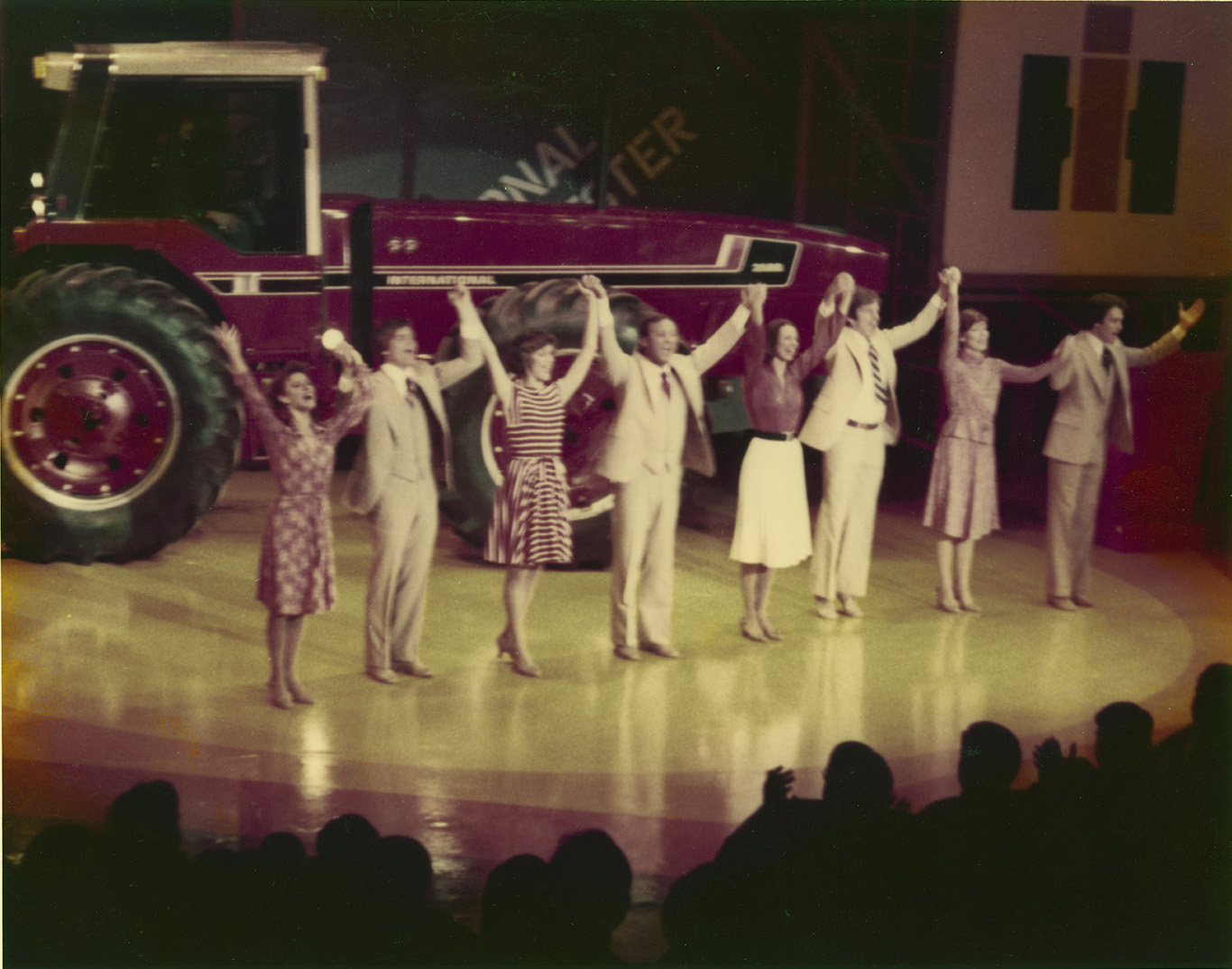 The introduction of the IH 2+2 was held at the Dick Van Dyke studio in Carefree, Arizona. THe elaborate production included dancers and a song that was a rewritten version of a popular Kenny Rogers tune. Gerry Salzman Collection
The introduction of the IH 2+2 was held at the Dick Van Dyke studio in Carefree, Arizona. THe elaborate production included dancers and a song that was a rewritten version of a popular Kenny Rogers tune. Gerry Salzman Collection
We brought the Memphis region in first, which was basically Alabama, Mississippi, Louisiana, Arkansas, and Tennessee. That's rice country. That's cotton country. We didn't know if the thing would hold chemical tanks on the side of it or not, but we later found out that it would, but I said, "We fly them in Sunday night. We feed them. We take them to [the] Pinnacle Peak area up there." That's where Gerry Salzman drove the tractor out when it was time for him to drive the tractor. That was his great claim to fame, to history, was doing that.
[Once the dealers arrived] we had lunch up there. There was a staged [Dick Van Dyke] show, a very, very popular TV show that they filmed right there in that studio that we were in.
Then, that afternoon we took them to the field. Now, Scottsdale: today if you went from Scottsdale due east, there's an Indian reservation and a college that are out there now. That was the field where we set up tents, and we took these tractors. Every man, woman, and child that came to that meeting had to drive these tractors on this course. Now, the thing was when they looked at it, when they saw this tractor, they went "Oh god." We knew that was the thing we had to overcome. You have to take your worst aspect and make it your best feature. That's what we did.
[Afterwards] we took them to have steaks. It's where today they cut your necktie off if you have a necktie on. We took all the dealers up there.
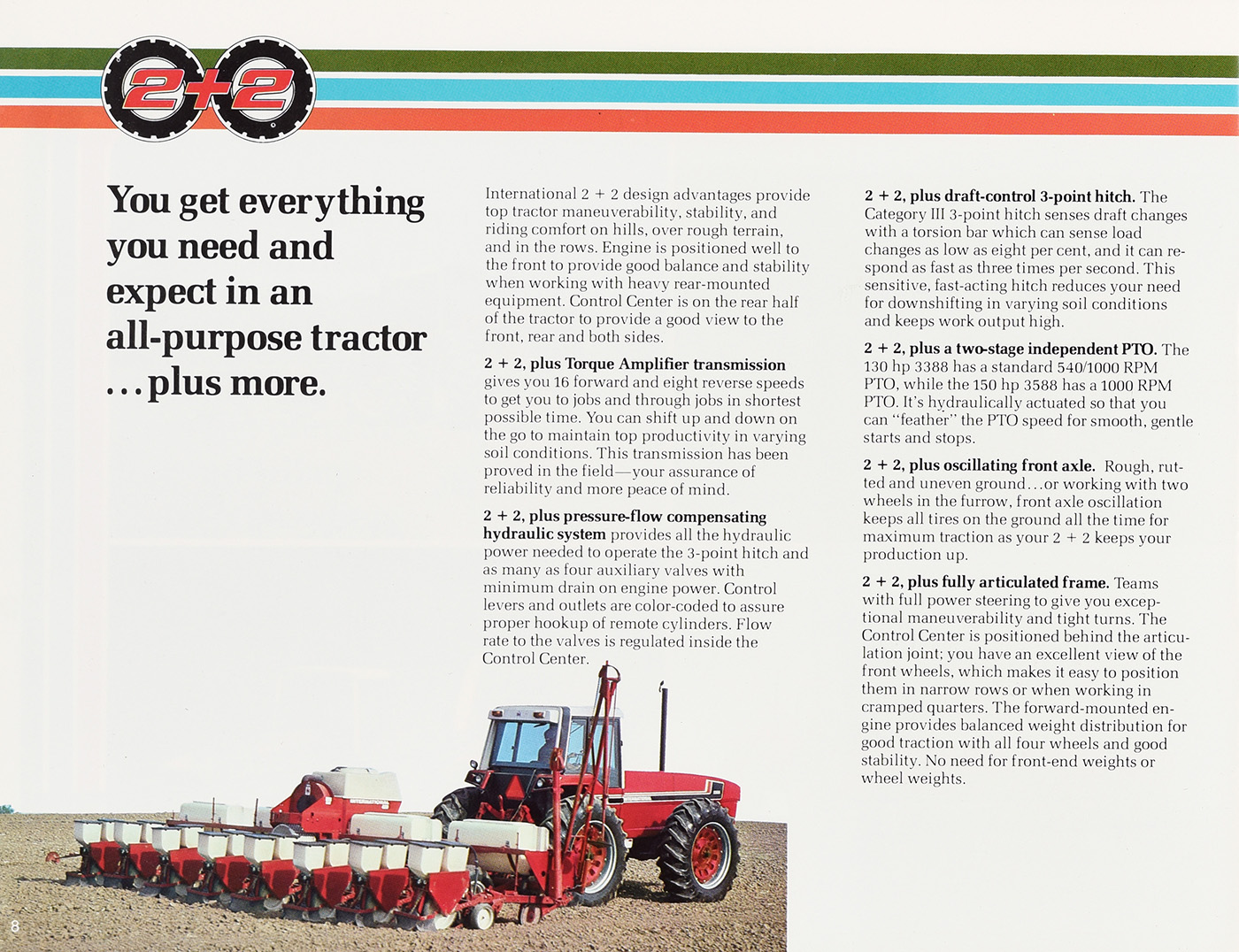
Before the show started in Phoenix, Stan calls me one day [to discuss our marketing budget] and he says, "Come in the office here," so I came in. He said, "Bud, your numbers, we got about an order bill of 2,500 tractors, plus or minus," He says, "What do you think?"
I said, "Stan, give me for the Phoenix show, sit in your chair please . . . I need $1,200,000."
He said, "Jesus Christ." I remember that's all he said. That was 1978. [That much money is equivalent to almost $5 million dollars today.]
During all this we had the tractors built, we had the tractors shipped, and we had them covered up [so no one got a look at them]. I brought in people from the different regions. Every one of these tractors was [ready]. The tires were set. The wheels were set. They were set to operate. Every one of them hit the dynamometer, ran the dynamometer. We shipped a 4840 . . . the 4840, at the time, was a 185 PTO horsepower, but dealers would never ship one unless [it had] 200 horsepower, so we set it up [with] 200 horsepower, like Deere would do it.
We took our 3588 with 150 PTO horsepower, it pulled about 150 yards side by side. Now, I did that ten times a day for every region overseas. I probably won 90 percent of the events.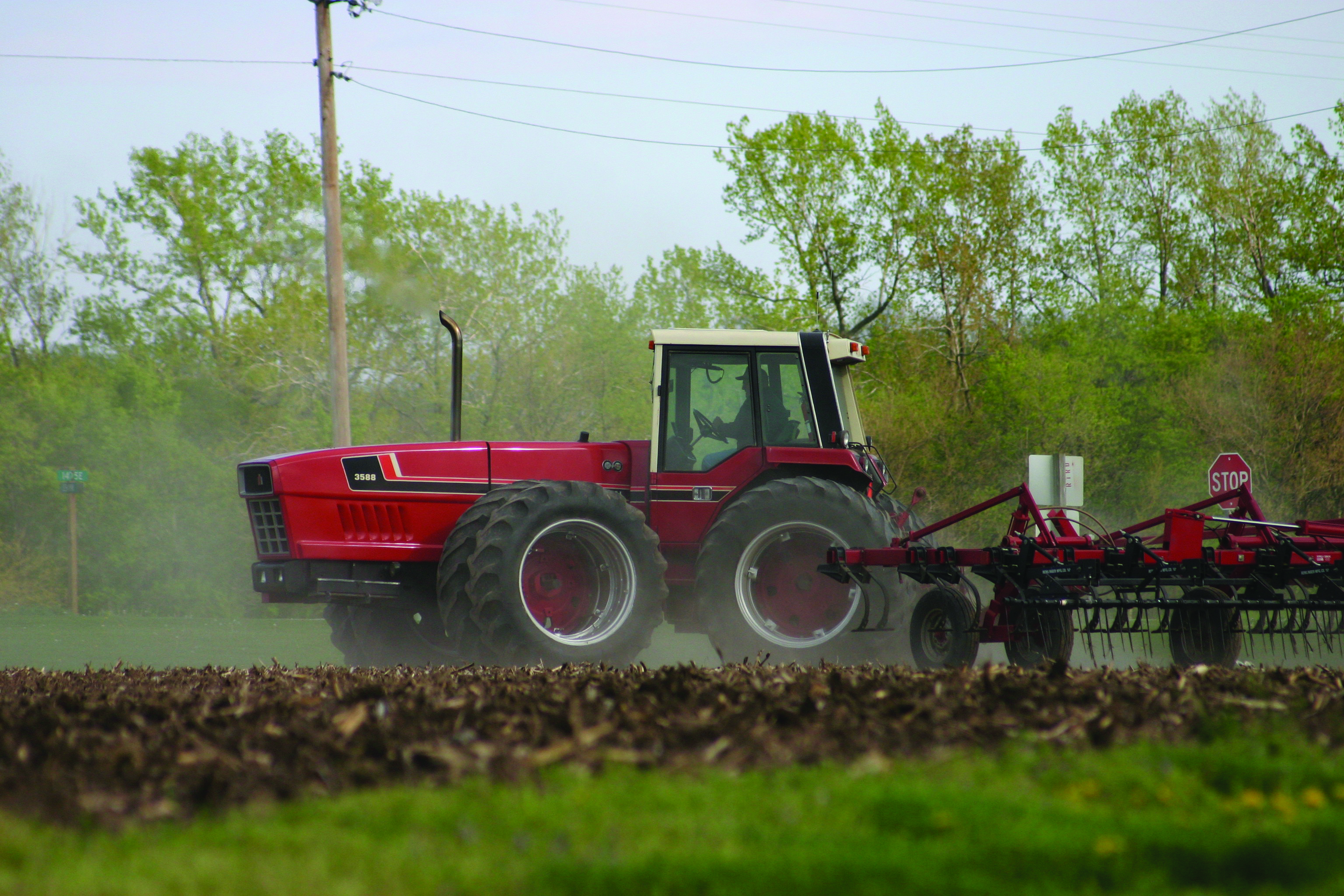 Big brother to the 3388, the 3588 was built on the same chassis and included a very comfortable cab and bar axles all the way around, and many owners added duals even though the tractor was lighter, faster, and more manageable than the two-wheel-drive machines they replaced. Oscar H. Will Collection
Big brother to the 3388, the 3588 was built on the same chassis and included a very comfortable cab and bar axles all the way around, and many owners added duals even though the tractor was lighter, faster, and more manageable than the two-wheel-drive machines they replaced. Oscar H. Will Collection
Bill Brown, bless his heart, he's up in heaven now, he was probably thinking, "What did they do to me this time," but I asked Bill, I said, "Make a windshield survey [where you drive around the area to feel out the market] for every manager or area manager," whatever we called them at the time. "See how many orders you're going to wind up with." In the interim time, when Stan and I went upstairs, I said, "I'll place 6,000 orders on Farmall if you give me the $1,200,000."
I remember we went [to upper management], and we got the money.
As this thing developed, and it kept going, all of a sudden you could see people and dealers thinking "By god, this concept is going to work. It's going to work."
When Bill came back [with the survey numbers] I knew I was going to beat the 6,000 orders, because I knew what was going to happen when we got in the corn, bean market. We [understood] that the 2+2 tractor would work in the south. Now, we spent out there. Every region came through. I had every one of Board of Directors in the Harvester Company [and we] brought a whole delegation from China. We had everybody [drive] that tractor.
Now [when they got to drive it], they loved the tractor. Case, Deere, Oliver, [everybody] knew there was something going on in the Phoenix area when we got these tractors out, because they saw these rail cars with these boxes on them. We took a box off, they saw this Snoopy tractor. They followed the tractor wherever it was going.
When we get all done, I remember I walked into Stan's office after the show was over. I said, "Sir, I placed orders at the Farmall plant for 6,500 tractors." We wound up building in the neighborhood of 13,000 of them.
---
Check out Bud Youle's account of how the Snoopy was conceived if you missed it. And if you want to learn more secret stories about your favorite red machines make sure you check out Snoopy and the Spy (order here).


